
Closer to nature: Foraging for mushrooms and wild herbs
The last two years have been a bit hectic around the world, with lots of panic, anxieties and uncertain realities. In order to keep myself physically and mentally sane and to concentrate on things I really have a control on, I switched my attention in a direction that has been giving me lots of satisfaction and the chance to spend quality time with my family and has been keeping my brain busy with learning new things.
Somewhere beginning of last year I decided to enroll in a Forager Class – first about edible wild mushrooms and then about edible wild plants. The decision came naturally, as we’re always looking to spend as much time as possible outdoors, hiking, trekking, camping. And it came just in time as my daughter is old enough to understand nature and she has a growing curiosity when it comes to mushrooms and plants.
I’ve been studying mushrooms and plants for the last one year and a half, my knowledge on the subject has grown for sure, but the area is so vast and full of information, that surely I will never get to know it all in this life time. So it’s turning into a continuous learning and the fun part is that it’s such a practical activity. You just have to observe everything that’s around you whenever you’re out of the house.
If two years ago I wouldn’t touch any mushroom, I now trust myself to forage for edible mushrooms, to cook them and feed my family and friends. Romania has an abundance of species of wild mushrooms and once you get to know them well, your taste buds will be amazed with all the flavors. I am now constantly looking for new species to try and new recipes to test.
As for wild plants, their universe is almost limitless. There’s so many of them, so useful for your body, so full of flavors. Going from wild berries, to wild aromatic herbs, to medicinal plants, to tree bark, to hardwood young leaves, to coniferous buds, to small herbs roots, there’s plenty to choose from once you get to know them.
Mindfulness, meditation and mental therapy
Seriously, this is possible with only a walk in the forest for a couple of hours. The benefits of staying outdoors are so obvious and well-known by now, that there’s no need for me to insist on the subject. Get yourself a forager basket, a pocket identification guide, a small knife and start you adventure. It’s so rewarding to wonder around in a forest or on pastures and to pick fresh herbs and mushrooms for a healthy dinner.
To be done with kids
Let’s face it, kids are exposed to so many technologies, toys, games, that we tend to forget to teach them the basics. It’s so beneficial for their brain and their development to get them out and disconnect them from a daily routine. Forget about screen time and instead spend some quality time away from the city noise and learn together about what nature has to offer. Have a practical biology lesson every time you are in a forest. Their curiosity will rise immediately, turn a forest walk into a treasure-hunt of mushrooms and wild herbs. Teach them that nature always has something tasty and healthy in hand for us, that it’s so easy to search for clean food.
So nutritious
Mushrooms and wild plants are super foods. They offer so many vitamins, minerals and goodies for our bodies, more than any garden grown vegetable would do. Sometimes you only need a small quantity of something wild included in your diet to get a full boost of health and energy. And if you study in detail and know which plant is good for what and in which season you find them growing, you could very well live on a wild plants and mushrooms diet all year long (yes, including winter).
Still, be responsible
Nature has a lot to offer, but let’s not forget that its resources are not forever at our disposal if we don’t protect it. Forage for as much as you need, don’t go for big quantities that in the end you will throw away. Try to harvest from each plant just a bit of it, don’t take it out completely from the ground and destroy it. For mushrooms leave the young ones their time to get to maturity, harvest only the adult ones that have already had the chance to spread their spores around. Leave the endangered species alone, no matter how tempted you would be to eat them.
And most importantly, pick just the plants and mushrooms you know very well. If you’re not sure 100% about what you are picking, it’s better you don’t do it. When identifying a plant or mushroom you have to pay attention to all details and observe the plant or mushroom with all your senses – smell, touch, see (don’t taste though), as there are species that are very similar. It can be fatal, as many mushroom and plant species can be deadly even if eaten in small quantities. If you’re 99% sure about it, don’t eat it!
Resources
As this is such a vast territory, being constantly informed and up to date is quite important. There are plenty of books to chose from and online resources that can help.
Online courses and outdoors foraging events – IncrEdible Romania
I recommend these guys without hesitation when talking about their activity, their outdoor events and online courses. I am enrolled in two of their courses and I have learned so much in the last two years about foraging, cooking with wild ingredients, but also protecting nature and the environment. They are very professional, experts in their fields, always up to date with everything that happens in this area, plus excellent speakers who are always willing to pass on their knowledge.
Facebook pages and groups
They can be very helpful especially if you’re at the beginning of this journey as there are lots of people who know more on the subject and can guide you through the process of plants or mushrooms identification. But please consider that you cannot take for granted the advice of people you don’t know on the internet, so consider this just as a starting point in your learning process and never decide to eat a plant or a mushroom just because someone on a Facebook group says it’s safe to do it.
A few of the groups I already follow internationally and in Romania:
IncrEdible Foraging Romania – ciuperci si plante din flora spontana
The Mushroom Identification Group
Plant Identification and Discussion
Wild Plant & Mushroom Identification & Discussion
Books, books and books
Of course that the literature in this domain in almost endless, you will find plenty of books to chose from, large ones or pocket size ones, that will help you get better and better in this field. Here is a small list of the ones I already have and constantly use:
Eyewitness Handbooks: Mushrooms (Thomas Laessoe) – this is for me one of the most detailed mushroom books I have come across and I use it constantly when foraging.
Collins Fungi Guide (Stefan Buczacki)
Ghidul culegatorului de ciuperci
Lumea vegetala a Moldovei. Vol.1 Ciuperci si plante fara flori
Determinator de plante si animale
Plante medicinale de la A la Z
Phone Apps for Identification
Disclaimer: The apps are to be used only as a starting point for the identification process, never trust the results the apps give as 100% sure and exact. Always check more than one source when identifying a plant or mushroom (books, groups, apps, ask experts).
PlantNet – I use this one quite often in my outdoor trips, it’s quite accurate, especially for plants with flowers, always useful when going outdoors with my daughter as she constantly asks me about the names of the wild flowers.
Picture Mushroom – I tried several mushroom apps and this one seems to be the best so far. It’s gives at least the family of the mushroom, which is a good starting point for identifying the exact species.



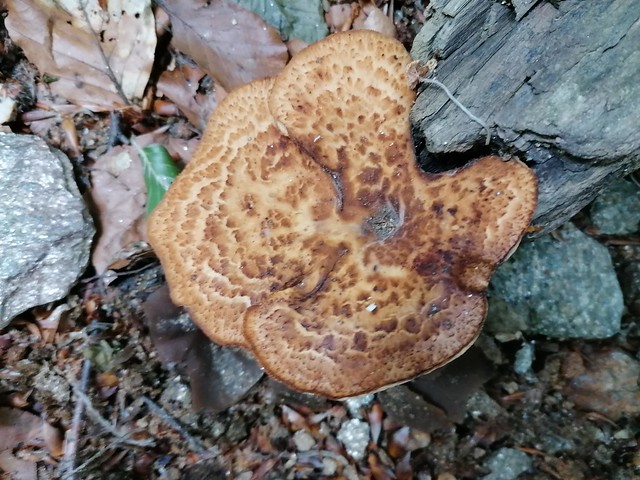

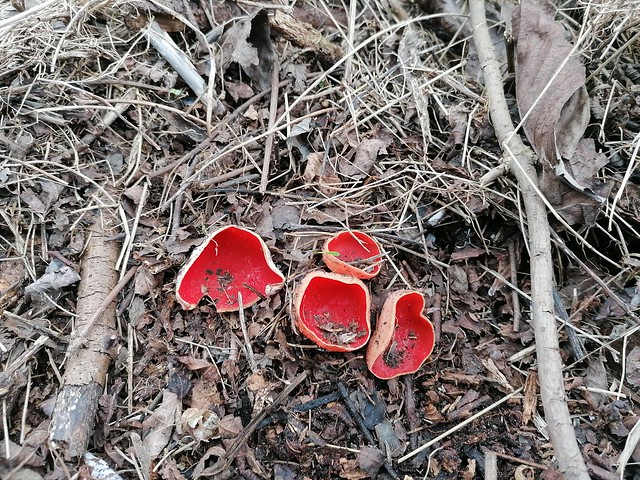

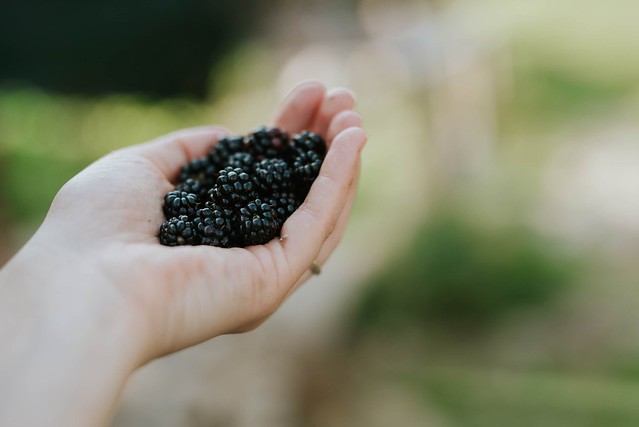



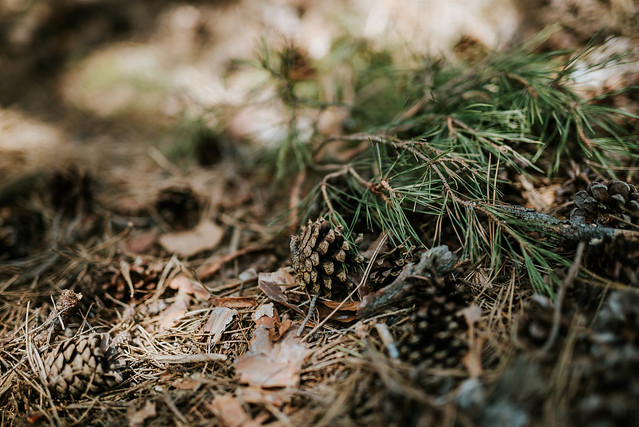


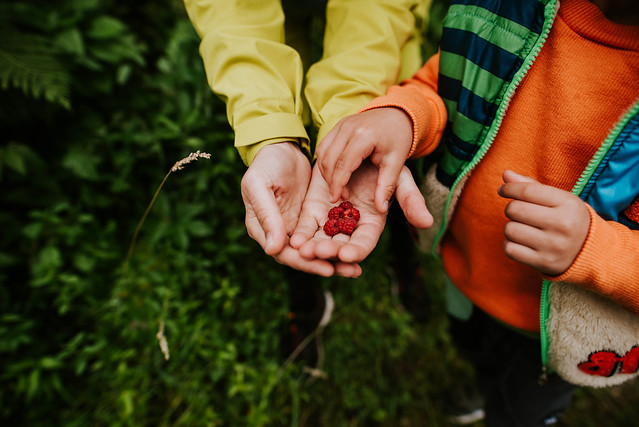
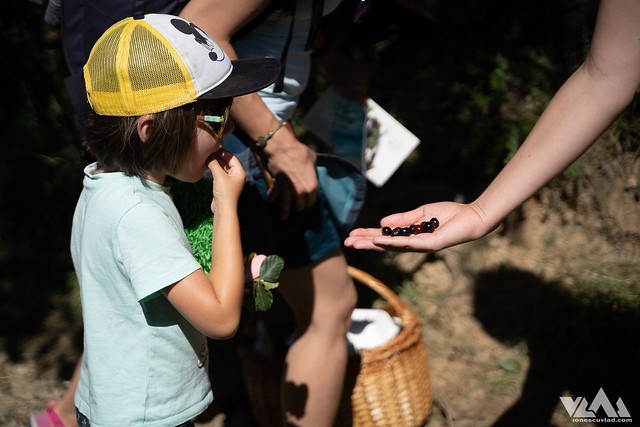
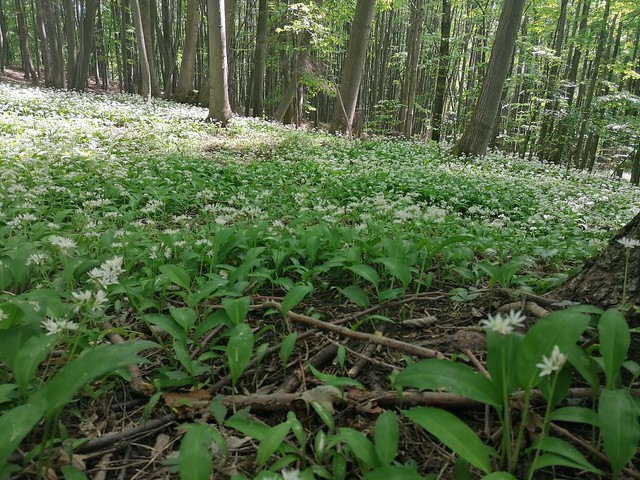




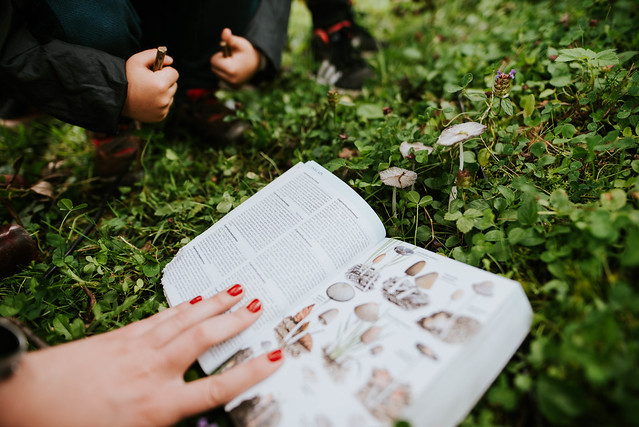

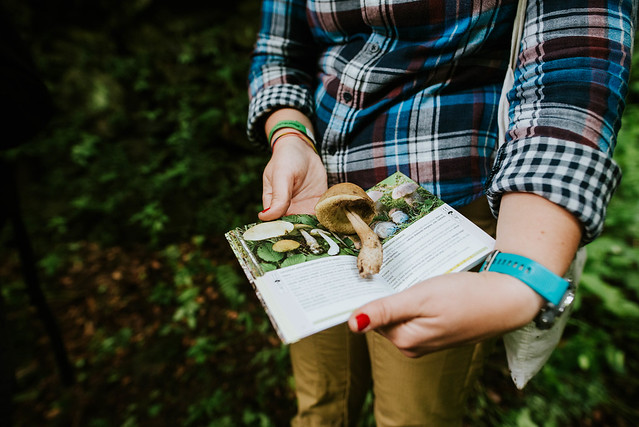
[…] can be a delightful way to connect with nature, but remember, safety first! And most importantly, pick just the plants and mushrooms you know very well. If you’re not sure 100% about what you are picking, it’s better you don’t do it. […]